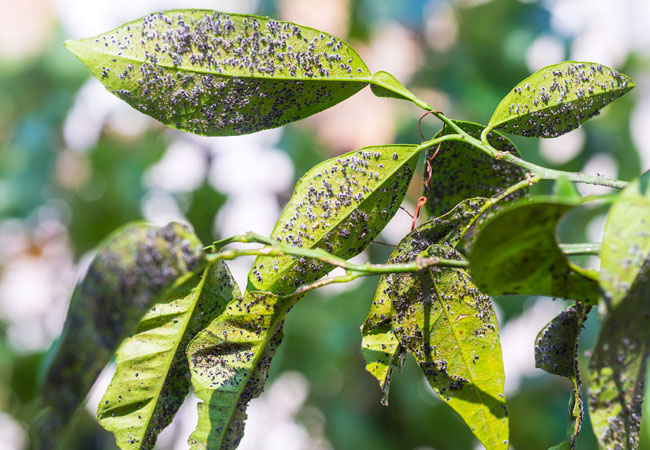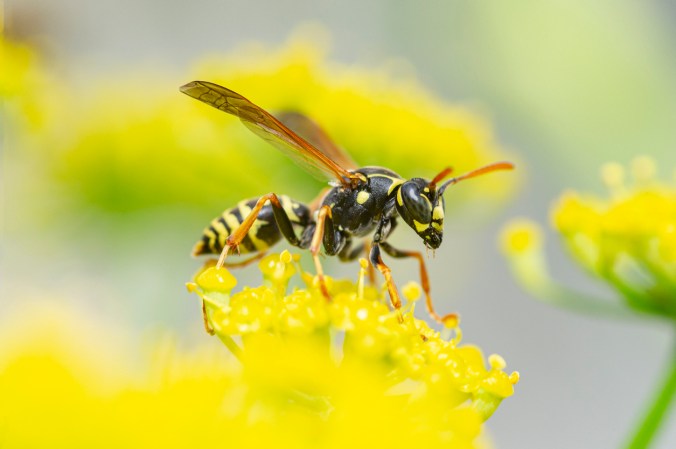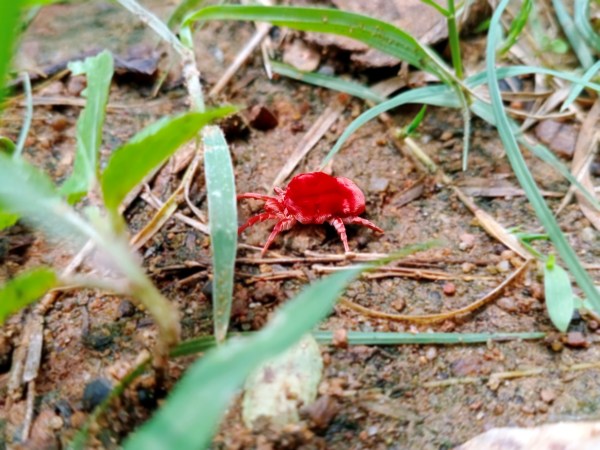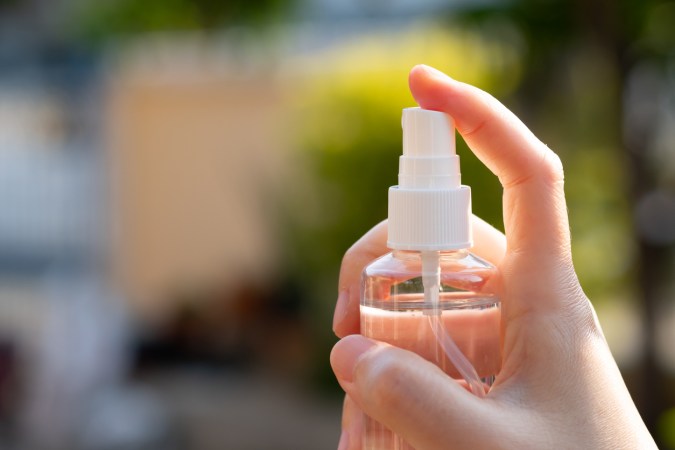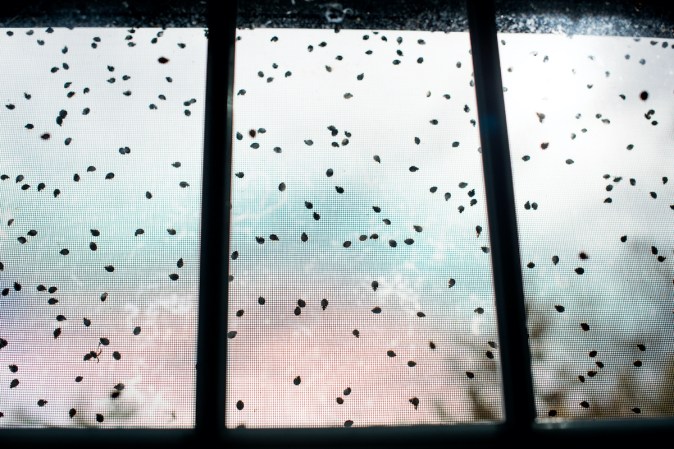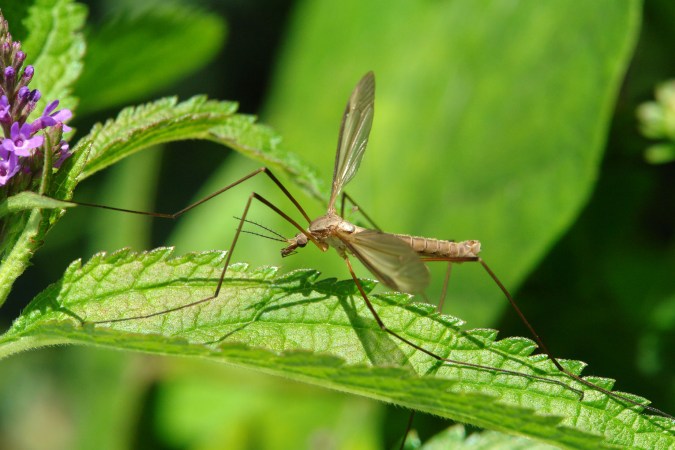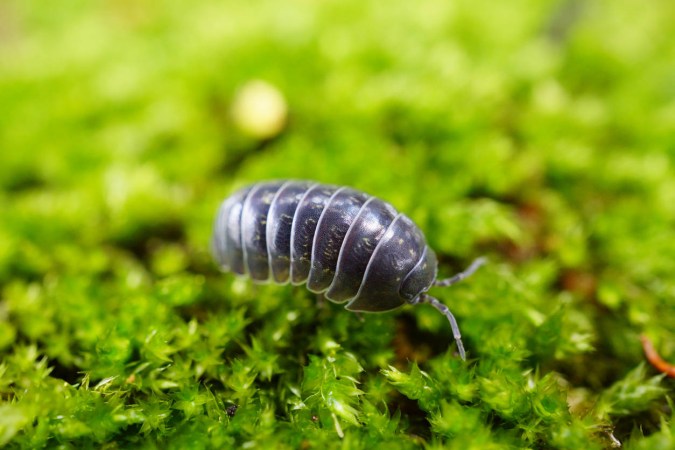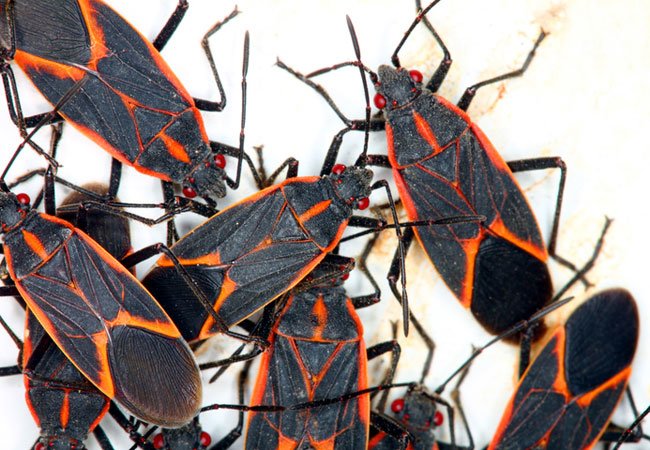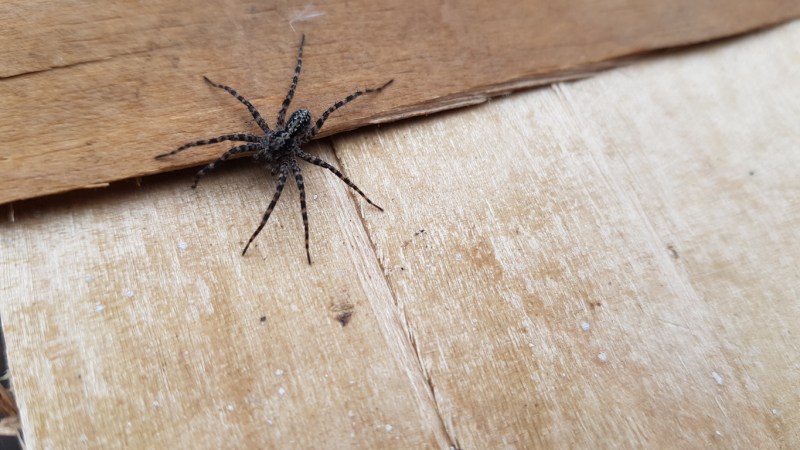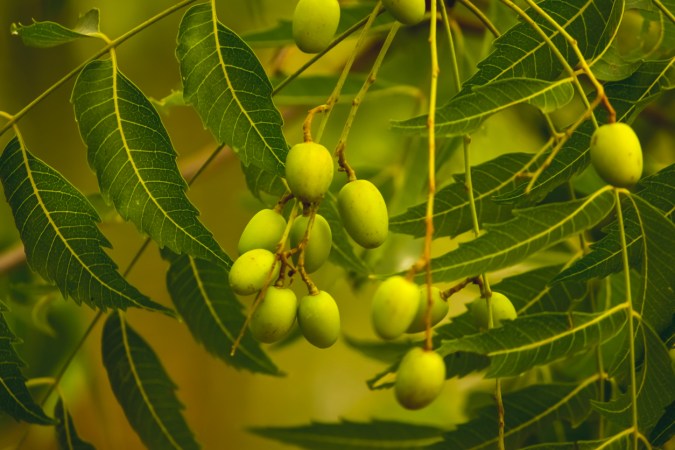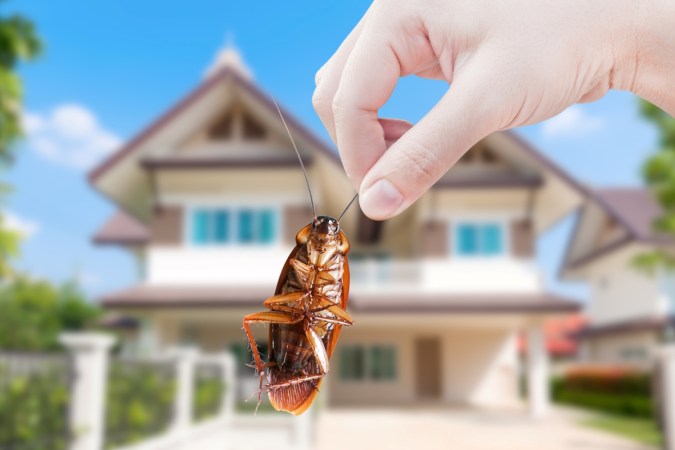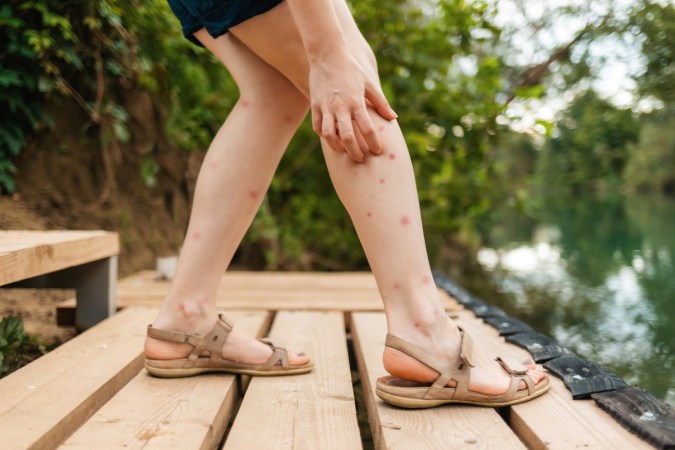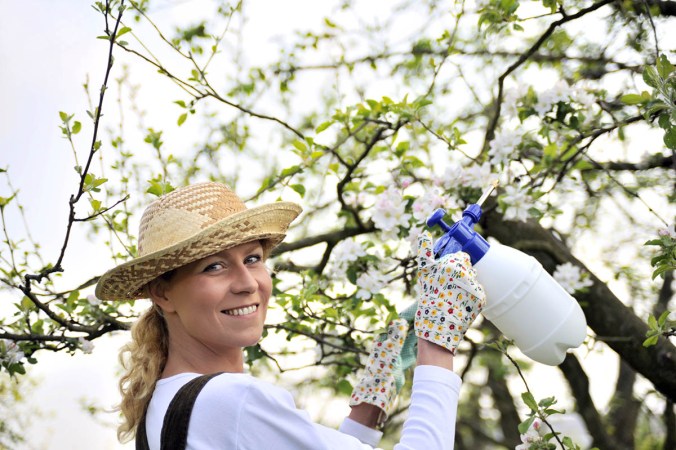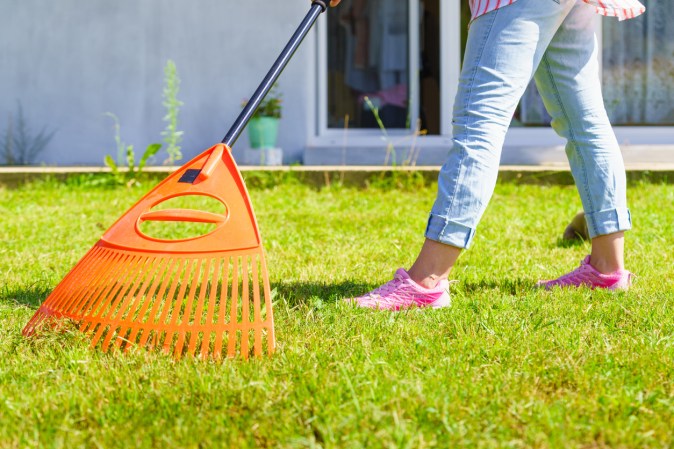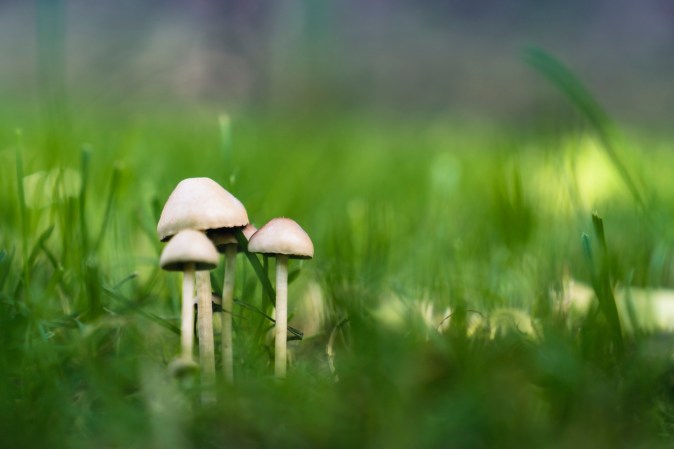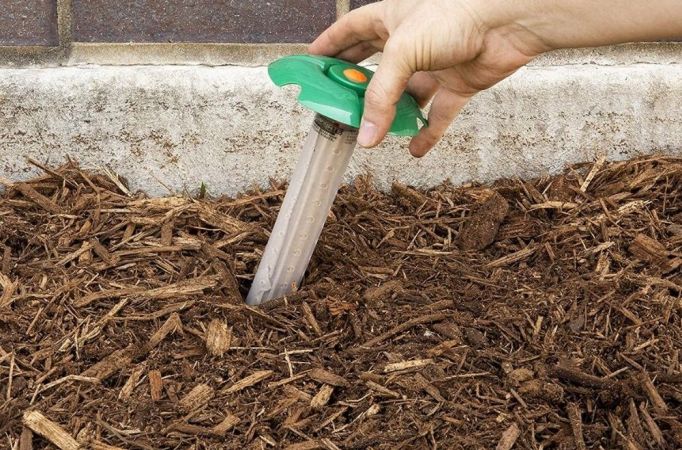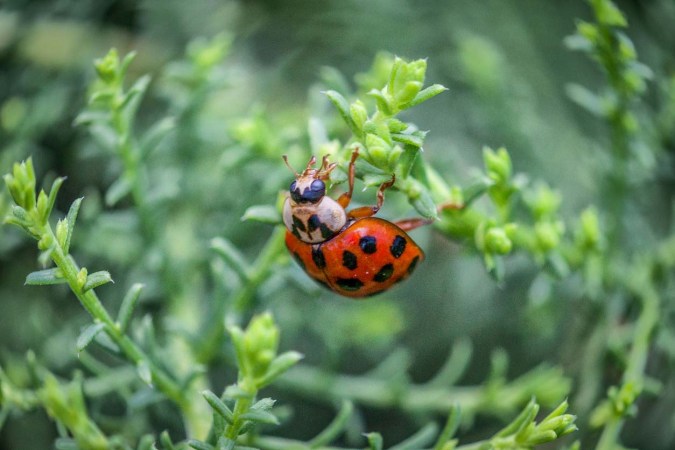We may earn revenue from the products available on this page and participate in affiliate programs. Learn More ›
Are your garden plants stunted, shriveled, yellowing, or curling at the leaves, despite your best efforts to keep them alive? Check the undersides of the leaves, and you might find the culprit: large groups of aphids and/or the sticky residue they leave behind after feeding. (Or, on plants with tightly-packed leaves like those of day lilies, aphids may take root at the base of the plant instead.) These tiny garden pests have soft pear-shaped bodies and are typically green, but show up in other colors, depending on type.
What are aphids?
Tiny but mighty in their potential leaf damage, aphids are bugs in the superfamily Aphidoidea that have piercing mouthparts that cut through tender leaves. However, they mostly damage the appearance of leaves, and cannot typically destroy a healthy plant. They can harm a tender young plant, or at least set it back. Aphids reproduce quickly—several generations created in a single season—and by the time you notice the insects on your plants, you’re likely in the midst of a full-blown infestation. Here’s how to get rid of aphids and keep them from coming back to your plants in the future.
RELATED: 15 Plants to Grow for a Pest-Proof Yard
What does aphid damage look like?
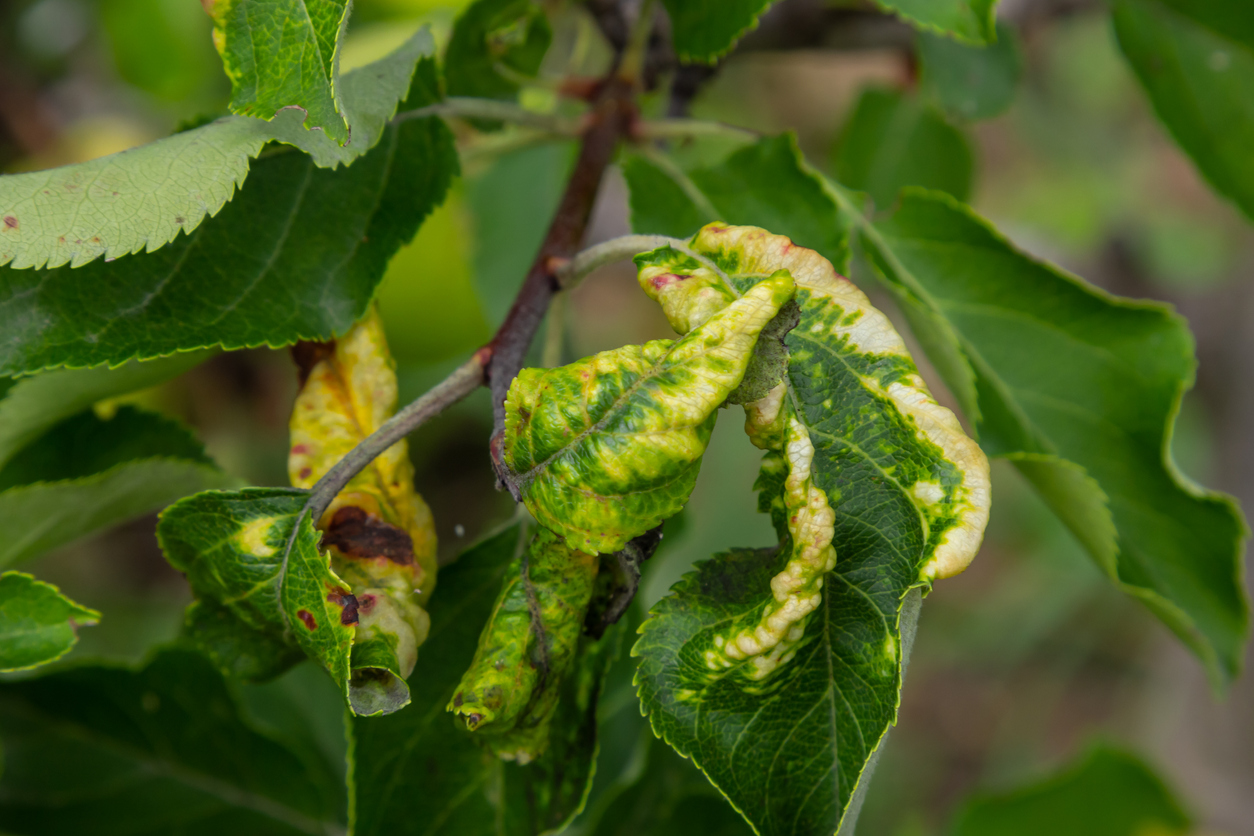
Most aphid damage occurs at the tips of plants, since the insects prefer soft new growth, and signs of a heavy infestation can include any of the following.
- Your plant’s upper leaves feel sticky (due to the honeydew left by the feeding insects).
- The leaves also look twisted or otherwise contorted.
- Affected leaves might be turning yellow.
- Plant leaves and branches can show signs of sooty (black) mold as well, which occasionally develops on the honeydew.
- Some of the new shoots may appear stunted—shorter than they should be—or dead.
- Ants may appear on the foliage or the ground around the plant (attracted by the honeydew).
How to Identify Aphids
Usually 1/16 to 1/8 inch long, these insects resemble oversized lice and often are called plant lice. Although green is their most common color, they also come in a variety of other hues, including red, yellow, brown, gray, or black. Each aphid’s pear-shaped body has six legs, two antennae, and rear protuberances that look like paired tailpipes, and are called cornicles.
During summer, females carry unfertilized eggs, which hatch inside them so that the babies are born alive and look like smaller versions of their mothers. In autumn, however, female aphids mate and lay fertilized eggs, which overwinter to produce succeeding generations.
Common Types of Aphids
Wisconsin Horticulture Extension notes that there are 1,350 known species of aphids in North America and about 5,000 worldwide. Fortunately, only a few species rank as serious pests. The list of possibly serious aphid pests includes:
| Type of Aphid | Description |
Green peach aphid (Myzus persicae) 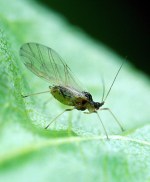 Wikimedia By Scott Bauer Wikimedia By Scott Bauer | The most common type of aphid in gardens, this yellowish-green one doesn’t just limit itself to peaches but attacks a variety of familiar plants such as tomatoes, peppers, legumes, and flowers. |
Potato aphid (Macrosiphum euphorbiae) 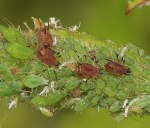 Photo: Wikimedia via CC 2.2 Photo: Wikimedia via CC 2.2 | The green potato aphid also prefers members of the nightshade family. It eats eggplants, peppers, and tomatoes, as well as potatoes, and carries diseases that can damage the crops. |
Cabbage aphid (Brevicoryne brassicae) 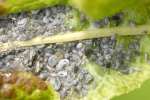 Photo: James Lindsey at Ecology of Commanster, CC BY-SA 2.5, via Wikimedia Commons Photo: James Lindsey at Ecology of Commanster, CC BY-SA 2.5, via Wikimedia Commons | The cabbage aphid is green but wears a waxy “slicker” that makes it appear gray; it favors members of the cabbage family such as mustards and brassicas. |
Oleander aphid (Aphis nerii) 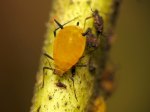 Photo: Katja Schulz from Washington, D. C., USA, CC BY 2.0, via Wikimedia Commons Photo: Katja Schulz from Washington, D. C., USA, CC BY 2.0, via Wikimedia Commons | The gold oleander aphid is one of the easiest to spot and identify due to its bright yellow color and affinity for milkweed plants, as well as oleander. |
How to Get Rid of Aphids
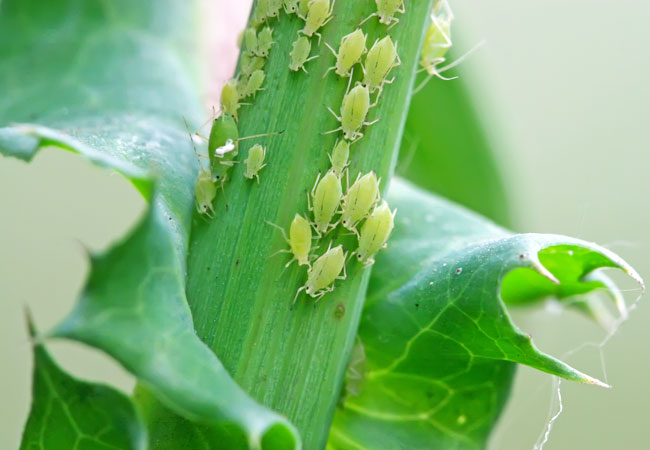
Before deciding how to kill aphids on your plants, you’ll need to decide whether killing them really is essential. These insects are pretty much a part of life for most gardeners, especially during late spring before the weather heats up.
Tools & Materials
Bobvila.com may earn a commission from purchases made through these links.
Project Overview
Working Time: 5 minutes to an hour, depending on the number of affected plants
Total Time: 5 minutes to an hour, depending on the number of affected plants
Skill Level: Beginner
Estimated Cost: $0 to $35
Before You Begin
Keep in mind that in small numbers, aphids do little damage. They also provide a food source for beneficial insects. Unless your plants are severely infested or prone to viruses—which aphids can spread—heed the advice of the University of Minnesota Extension: “Treating aphids for the health of plants is usually unnecessary.” As a result, you’ll want to start with the most natural method of aphid control and go to the next step if aphids still present a problem.
STEP 1: Hose down your plants.
If you spot a few aphids on your plants, the minor infestation can be successfully remedied with a strong stream of water from the hose from a quality spray nozzle like the Green Mount Heavy-Duty Water Nozzle, a top pick in our researched guide to the best hose nozzles. Spray water all over the plant, making sure to target the undersides of leaves. Repeat this process every few days until you’ve successfully eliminated all aphids, which could take up to 2 weeks.
STEP 2: Remove aphids by hand.
Some aphids can return after hosing them off. Experienced gardeners often remove and crush slow-moving aphids by hand when working among their plants. The advantage of this is that it can be done at any time of day that you can see the insects, and under almost any conditions. Just avoid handling fungus-prone plants such as roses when they are wet.
If barehanded aphid squishing repulses you, wear tight-fitting gloves for the purpose, wipe the insects off with a soapy cloth, or knock them into a bucket of soapy water rather than crushing them.
STEP 3: Spray plant leaves with a dish soap solution.
Waging war with larger numbers of aphids, or seeing them return after the first steps? Make a homemade insecticidal soap, a low-toxicity bug control solution that will desiccate aphids’ soft bodies and kill them without harming your plants. Simply mix a few teaspoons of a mild liquid dish soap with 1 quart of water, then spray or wipe the solution onto the leaves, stems, and buds of the plant. (These bugs like to hide beneath leaves, so take care to thoroughly coat the underside of the leaves, too.) Repeat the process every 2 or 3 days for the next few weeks, until you no longer notice aphids on the plant.
STEP 4: Begin a regimen using commercially available, organic aphid control products.
Gardeners who’d like to know how to get rid of aphids naturally, there are indeed organic products for aphid control that may fix the problem. These products include insecticidal soap, which dries the insects out; all-season horticultural oil, which smothers the insects or their overwintering eggs; and neem oil, which makes them sick enough to stop eating. Keep in mind that some of these products can kill beneficial insects as well, so use them only after other control has failed, and only “bad bugs” are present:
Safer Insect Killing Soap
Bonide All Seasons Horticultural and Dormant Spray Oil
Neem Bliss Pure Neem Oil
STEP 5: As a very last resort, consider a systemic pesticide (optional).
If your aphid infestation is substantial and is not improved after using insecticidal soap, you could kill them with a systemic pesticide such as Imidacloprid. However, according to the University of California, “Imidacloprid can have negative impacts on predators, parasitoids, and pollinators, so its use should be avoided where soaps and oils will provide adequate control.” The following pesticides all control aphids, but only should be used other solutions have failed, and you’ve researched the risks of using pesticides:
Bonide Insect Control Systemic Granules
Bonide Systemic Houseplant Insect Control
BioAdvanced 12 Month Tree & Shrub Protect & Feed
Compare-N-Save Systemic Tree and Shrub Insect Drench
Be sure to mix and apply the pesticide according to the manufacturer’s directions.
How to Get Rid of Aphids on Indoor Plants
When trying to solve the problem of how to get rid of aphids on houseplants, consider how to adapt outdoor aphid control for the indoors. You obviously don’t want to bring your hose into your house, but you can achieve the same effect by tightening the nozzle on a spray bottle until the water in it streams rather than sprays. Then tilt your houseplant over a sink and use that hard stream to shoot off the aphids.
Other methods that will work to get rid of aphids on indoor plants include:
- Hand-pick the aphids, as described above under “Remove Aphids by Hand.”
- Snip off the tips of your plants where the aphids congregate to remove the insects. Dispose of the plant matter and the bugs.
- Dab individual aphids with a cotton swab soaked in rubbing alcohol.
- Spray your plant thoroughly with commercial insecticidal soap.
- Alternatively, enclose its pot inside a plastic bag before swishing the plant’s foliage in a sink of soapy water made from a mild liquid soap.
How to Prevent Aphids
After eradicating aphids from your garden (or before having to), take measures to prevent the pests from returning. Here are three ways to deter aphids from your plants.
Introduce beneficial bugs.
Several species of bugs—like lady beetles, lacewings, and parasitic wasps—control aphids. Providing a habitat of flowers to supply nectar all season, and ground covers for a cool and protective spot to hide will help draw beneficial insects to the garden and keep the aphid population in check. Ladybugs also can hide in mulch and leaves.
You can buy these natural predators online. If you introduce beneficial bugs to your garden, do not use a broad-spectrum pesticide because it will kill them as well as the aphids.
RELATED: 6 Beneficial Garden Critters You Can Buy Online
Apply dormant oil.
If aphids have settled on your fruit trees apply dormant oil, a commercial oil that controls pests during the off-season to kill eggs that are overwintering. Mix the dormant oil with water in a garden sprayer, according to the directions on the packaging, and apply to the leaves, stems, branches, and trunk of the tree. Reapply per the manufacturer’s directions.
Choose neighboring plants that will help deter aphids.
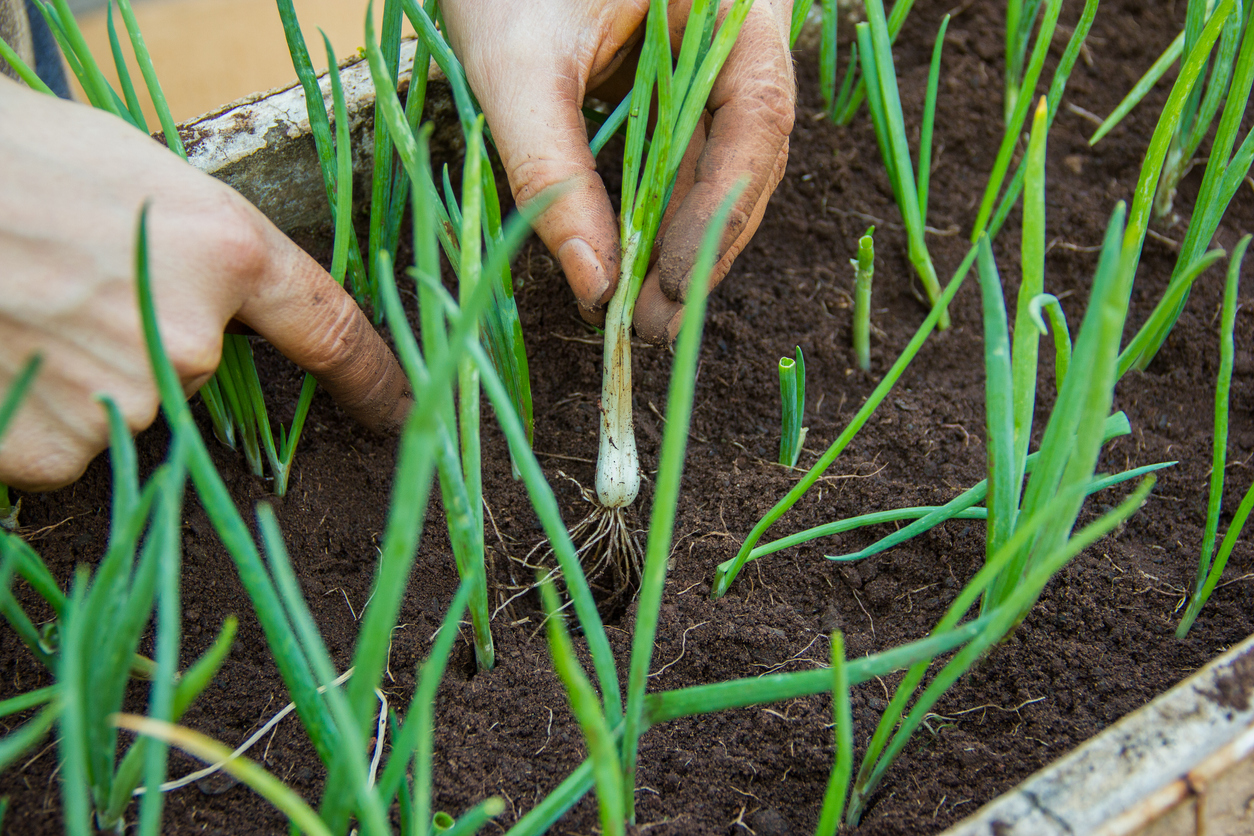
Oregano, chive, sage, garlic, leeks, onions, and other plants with strong scents can deter aphids. Plant these in areas of your garden where aphids have been a problem. You also can grow flowering plants that attract aphids, like calendula and nasturtium, on the opposite side of your property to help draw aphids away from the affected area. Companion planting is a long-term prevention measure that could help diminish aphid populations after several seasons.
Final Thoughts
If you are looking for solutions on how to get rid of aphids permanently, you are probably out of luck. Be vigilant during these months by looking regularly for signs of the insects. If you find them, first turn to the most natural methods of control, such as spraying them off with water or hand-picking small groups. Repeat the spraying or picking every few days as needed.
Avoid overfertilizing your plants, which provides too much of the soft new growth that aphids adore, and try to attract beneficial insects that will help keep the aphid population in check. Only turn to chemical control if aphids persist and are damaging plants.
